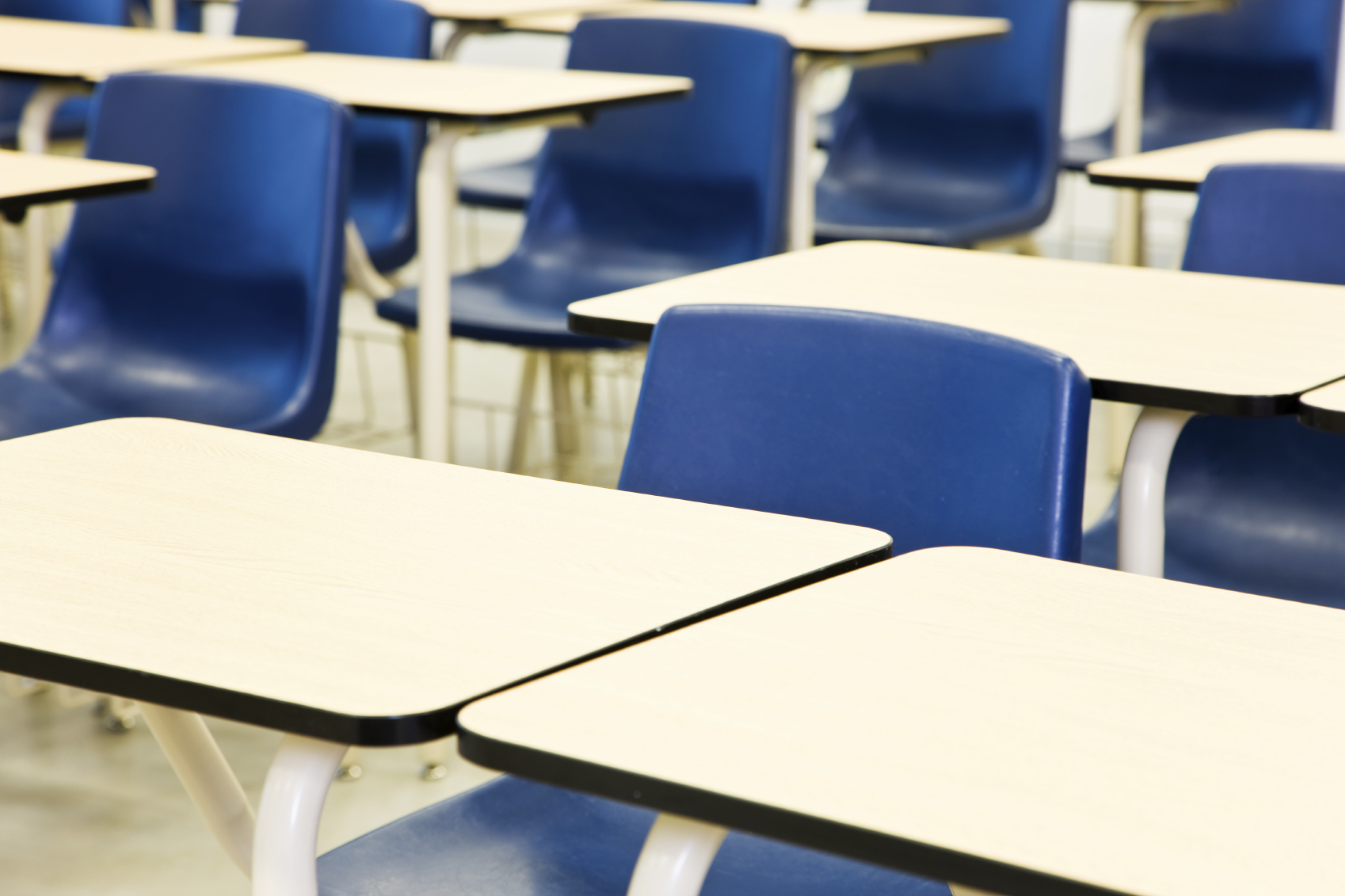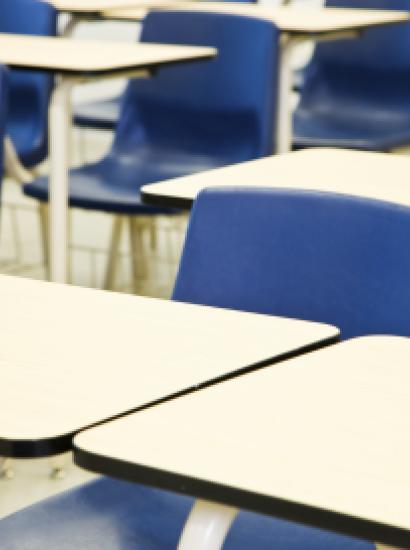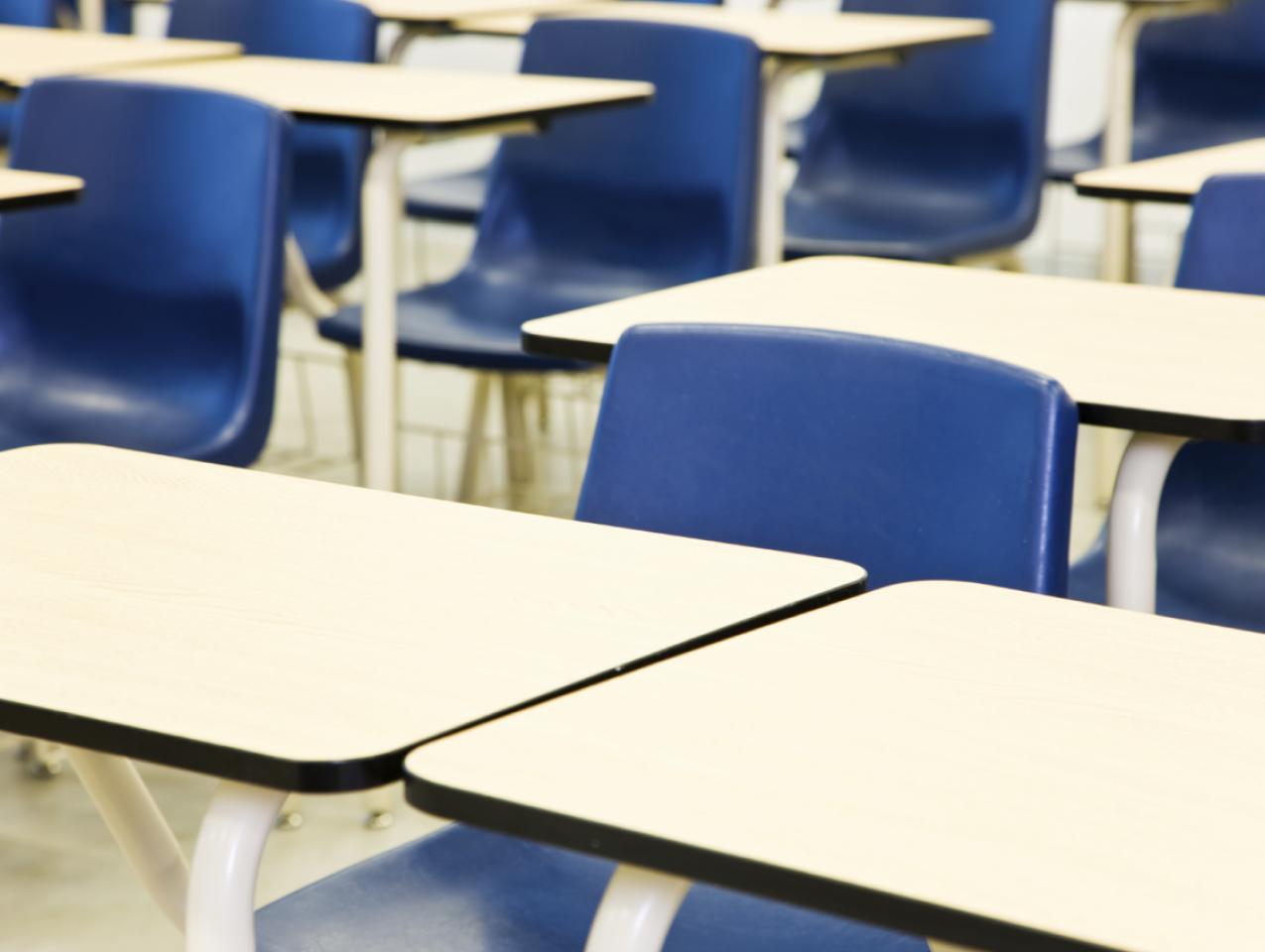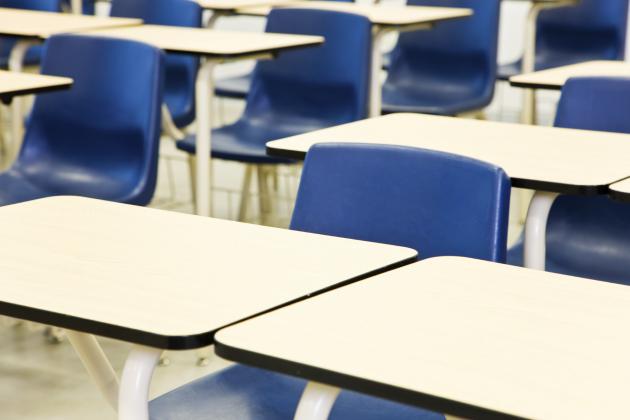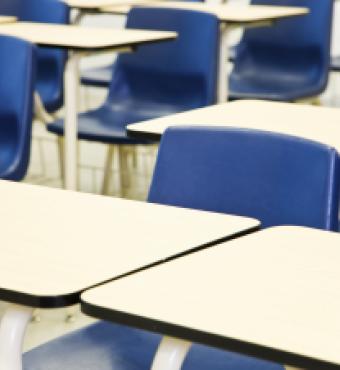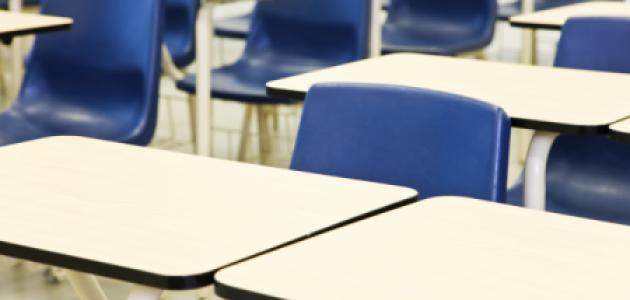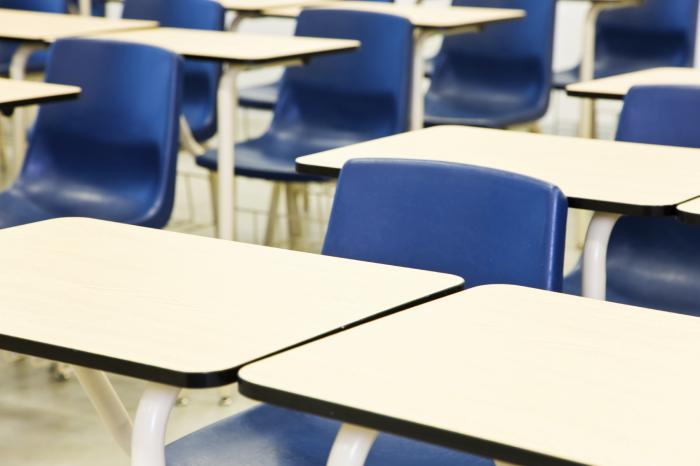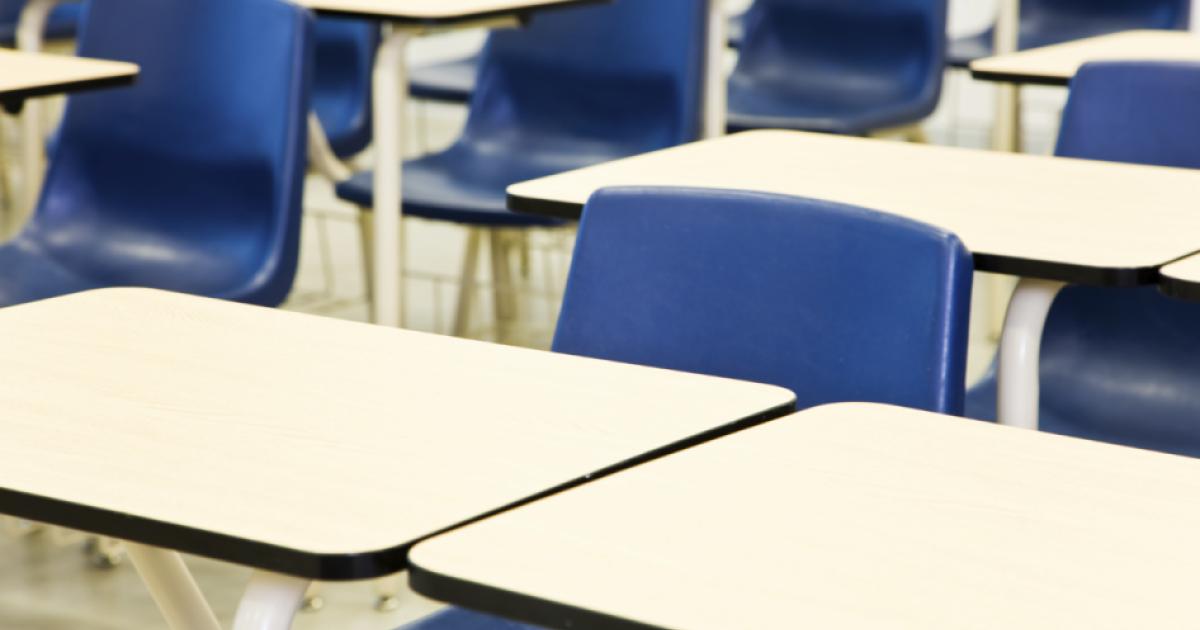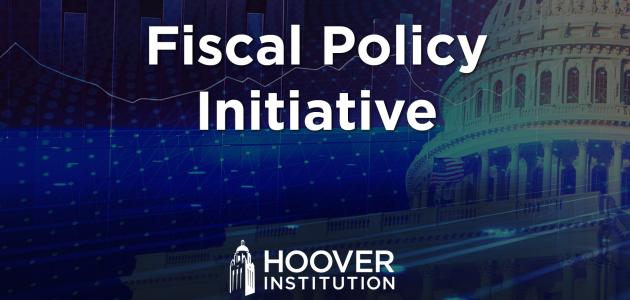Hoover Institution (Stanford, CA) — Chronic absenteeism among US public school students edged down but remains much higher than before the onset of the COVID-19 pandemic, with a full quarter of pupils missing at least 10 percent of the 2022–23 school year.
According to data compiled by Thomas S. Dee, Barnett Family Professor at Stanford’s Graduate School of Education and senior fellow (courtesy) at the Hoover Institution, the number of students chronically absent from school fell from 28 percent of pupils in 2021–22 to just above 25 percent of students in 2022–23.
In the 2018–19 school year, before COVID prompted school closures, less than 15 percent of students missed 10 percent or more of their school year.
In cooperation with the Associated Press, Dee gathered attendance data covering more than 91 percent of all public schools in America. His findings were released by the AP in news stories published nationwide on August 15.
“The fact that one out of every four US public school students is chronically absent is deeply troubling,” Dee said regarding his findings. “The sharp and stubbornly persistent rise in chronic absenteeism indicates that in the wake of COVID-19 pandemic, far too many students remain disengaged from school. We have good evidence that such absences keep students from realizing their educational and economic potential.”
There is a variety of factors contributing to absenteeism, including increased rates of illness post pandemic, a desire to avoid infection with COVID-19, perceived declines in school quality or safety after the lockdowns, mental health challenges, and economic barriers to school attendance.
There is also an idea of “norm erosion,” meaning the COVID-imposed school closures reduced the perceived value of regular school attendance among students and their parents.
The sustained high rate of absenteeism compounds challenges concerning the learning deficit caused by the school closures. Another Hoover senior fellow, Eric Hanushek, has found that the cumulative impact of learning loss on COVID-era pupils will amount to $28 trillion in lost earnings over their lifetimes.
The absenteeism also threatens school districts’ funding formulas, just as some state and federal programs meant to sustain schools’ financial stability through the pandemic are set to expire.
Furthermore, Dee has found the rise in absenteeism also cannot be blamed on households switching children to private schools or homeschooling. In a previous paper, Dee found the switch to homeschooling and private schools could at best explain 40 percent of the public school enrollment decline between 2019 and 2022.
Dee’s recent data indicates simply a rise in the number of children who are someplace other than school.
He has previously found that absenteeism is particularly high in states that maintained longer school closures in the 2020–21 school year.
To keep this elevated rate of absenteeism from becoming permanent, a compelling first step would be for school districts to conduct a rapid “root causes” analysis to identify the prominent school-attendance barriers unique to their communities (e.g., instructional quality, school safety, transportation). Such local evidence can point to promising solutions aligned to local circumstances.
However, Dee also stresses that “we have uniquely broad and rigorous evidence on the efficacy of engaging families through low-cost messaging about their child’s school attendance (e.g., texting or postcards). In light of the financial challenges many schools currently face, the affordability and scalability of such messaging make it an exceptionally promising strategy for addressing the chronic-absenteeism crisis.”







